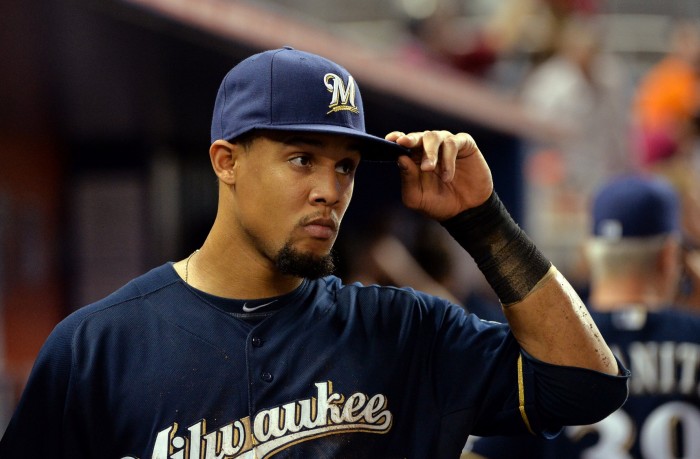Although the Brewers have given conflicting signals about whether they’d listen on their cost-controlled players, the trade-that-wasn’t sending Gomez to New York ultimately put the team’s cards on the table for all to see. Not only were the Brewers listening on the former All-Star, but they were highly motivated to move him, starting a much-needed (perhaps overdue) rebuilding process.
Doug Melvin has historically prioritized high-minors players in big trades, targeting players in Double-A or above. It’s precisely what he did when trading Zack Greinke to Los Angeles in 2012 and when trading Yovani Gallardo to Texas this past winter. Such an organizational philosophy is predicated on the theory that prospects who have successfully navigated the treacherous jump from High-A to Double-A have a better chance of doing the same from the minors to the majors. Similarly, the Brewers wish to avoid a rebuild that drags on for a half-decade or more. Targeting players in the high minors should hypothetically shorten any period of non-contention, a strategy owner Mark Attanasio desperately hopes to be true.
[To read the remainder of the Gomez-Fiers trade analysis by J.P. Breen and other BP staff, please visit the main page at Baseball Prospectus. The article can be found here.]
